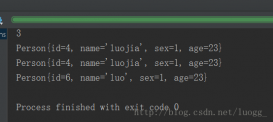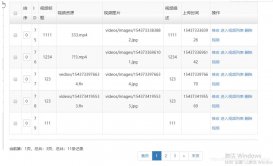本文实例为大家分享了java导出包含多个sheet的excel的具体代码,供大家参考,具体内容如下
要导出多个sheet,关键就是excel导出的时间设定,在执行导出文件之前,创建多个工作表
|
1
|
hssfsheet sheet = workbook.createsheet(sheettitle); |
这样每创建一个工作表,便会生成一个新的sheet表,在最后导出excel的时候一次性导出。
示例:
java类:
|
1
2
3
4
5
6
7
8
9
10
11
12
13
14
15
16
17
18
19
20
21
22
23
24
25
26
27
28
29
30
31
32
33
34
35
36
37
38
39
40
41
42
|
try { hssfworkbook workbook = new hssfworkbook(); outputstream out = response.getoutputstream(); for(int j=0;j<n;j++){ baseresult<list<t>> teasallist = service.select(teasal); //接下来循环list放到excel表中 if(teasallist.issuccess()&&teasallist.getresult().size()>0){ //文件标题 simpledateformat formatter1 = new simpledateformat("yyyy-mm-dd"); string nowdate = formatter1.format(new date()); string java" id="highlighter_950979">
以上所述是小编给大家介绍的java导出包含多个sheet的excel代码示例详解整合,希望对大家有所帮助,如果大家有任何疑问请给我留言,小编会及时回复大家的。在此也非常感谢大家对服务器之家网站的支持! 原文链接:https://blog.csdn.net/linyuxb123/article/details/85987682 延伸 · 阅读
精彩推荐
|















